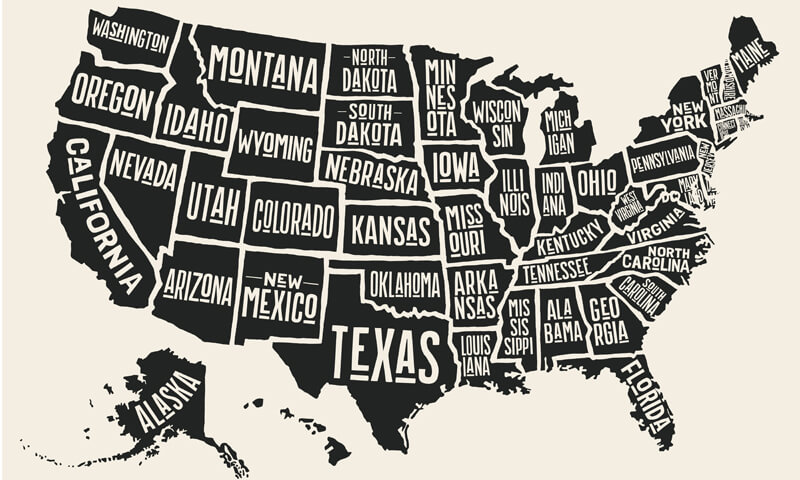Summary: Amazon has purchased grocery brand, Whole Foods, for almost $14 billion.
Starting out as a humble online bookseller, Amazon has morphed into a retail giant, and it looks as if it has no plans on stopping its growth. On Friday, it announced that it is purchasing Whole Foods Market for $13.7 billion, and the news has many questioning what this could mean for the grocery industry.
Amazon has already ventured into the food market with Amazon Fresh, an online grocery delivery service; but with the purchase of Whole Foods, it now has an in with high-end customers in prime locations. According to The Washington Post, “The $13.7 billion deal brings to a head a years-long battle brewing between Amazon, the online darling, and traditional retail powerhouses like Walmart. And it shakes up a U.S. grocery industry that has been struggling to keep up with growing competition, both in stores and online. Amazon, which for years has been testing new technology and innovations in quiet corners, would now have a network of physical locations to test and implement those ideas.”
Paul Cautracecasas, the chief executive of Aquaa Partners, told The Washington Post that Amazon is “dominating all aspects of retail.”
“This deal should leave no doubt that Amazon is deadly serious about dominating all aspects of retail,” Cuatrecasas said. “This deal has dramatically flipped the table on traditional companies. Amazon is effectively saying that if retailers are going to tool themselves up with technology, then they will tool themselves up with a physical presence and high-street brand.”
Already, Whole Foods’ competitors’ stocks have dropped because of the news. Wal-Mart, Target, Costco and Kroger’s shares have fallen by 13% as of this morning.
Whole Foods is a high-end grocery store that is jokingly known as “Whole Paycheck” for its pricey selection of organic, local, or independent products. The brand has over 450 brick-and-mortar locations, and The Washington Post stated that it had trouble attracting mainstream consumers, who were drawn to other more affordable outlets such as Wal-Mart that had begun to offer natural and organic products.
Whole Foods will continue to operate under its name, and Whole Foods’ CEO John Mackey will stay on board after the purchase. The deal is expected to close at the end of 2017 after its approval from shareholder and regulatory agencies.
Although this acquisition means Amazon is gaining in power, Professor Michael Carrier of Rutgers Law School said that the deal is not likely to raise antitrust concerns.
“Generally speaking, there is very little overlap between these two companies,” Carrier said to The Wall Street Journal. “They’re not really competitors. Add to that the fact that Whole Foods doesn’t have the dominant positioning it did even a few years ago, and that makes it even more likely for this deal to go through.”
Andrea Murino, an antitrust attorney at Goodwin Proctor, also believes the deal will go through and does not violate antitrust laws.
“You can’t think of this as a traditional antitrust problem because people who go to Whole Foods to touch the produce and get the freshest asparagus are not going to shop at Amazon… I don’t think there’s any direct Amazon Whole Foods direct competition. My guess is that this will get through,” Murino told Reuters.
In addition to owning Whole Foods, Amazon also owns the online retailer Zappos, publishing company Createspace, entertainment directory IMDB, video game streaming site Twitch, and numerous other brands. According to The Washingon Post, which is also owned by Amazon’s founder Jeff Bezos, Amazon has over $21.5 billion in cash that it can use on future acquisitions.
Source: The Washingon Post
















































